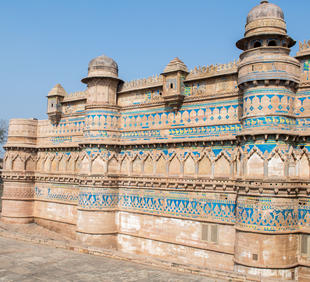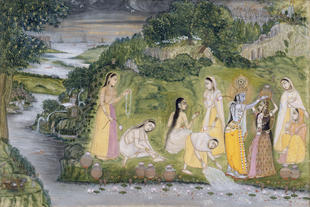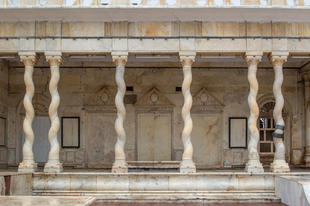Sugata Ray is an associate professor of South and Southeast Asian art at the University of California, Berkeley. Trained in both history (Presidency College; Centre for Studies in Social Sciences, Calcutta) and art history (Maharaja Sayajirao University, Baroda; University of Minnesota), his research focuses on the intersections among early modern and colonial artistic cultures, transterritorial ecologies, and the natural environment. As an extension of his interest in the field of eco art history, Ray has coedited Ecologies, Aesthetics, and Histories of Art (2019; with Gerhard Wolf and Hannah Baader, Kunsthistorisches Institut in Florenz - Max-Planck-Institut) and Water Histories of South Asia: The Materiality of Liquescence (2018; with Venugopal Maddipati, Ambedkar University, Delhi).
Ray’s current book project, provisionally titled Matter, Material, Materiality: Indian Ocean Art Histories in the Early Modern World, focuses on the global trade in exotica, natural resources, and luxury objects that shaped ecocultural perceptions of the Indian Ocean in the early modern period. In the past, Ray has published essays on theories of collecting and archiving, postcolonial theory, and methodologies for a global art history in journals such as Art History and The Art Bulletin. His 2016 essay on the collecting of Islamic art in the United States was awarded the Historians of Islamic Art Association’s Margaret B. Ševčenko Prize. Ray has recently guest edited a special issue of Ars Orientalis (2018) on translations, terminologies, and global art history.
Ray’s research has been supported by grants and fellowships from the American Institute of Indian Studies, the Social Science Research Council, the Doris Duke Foundation for Islamic Art, the Institute for Cultural Inquiry, Berlin, the Forum Transregionale Studien, Berlin and Kunsthistorisches Institut in Florenz – Max-Planck-Institut, the Townsend Center for the Humanities, the University of California Humanities Research Institute, the Hellman Family Fund, and the College Art Association’s Meiss Publication Fund. He has spoken internationally on climate change and the visual arts and delivered keynotes at conferences, museums, and nonprofit organizations on eco art history.
Affiliated with the Institute for South Asia Studies and the Designated Emphasis in Renaissance and Early Modern Studies, Sugata Ray teaches courses on South and Southeast Asian art, as well as thematic seminars on global early modern art, eco art history, theories of collecting and archiving, postcolonial theory, and methodologies for a global art history.
AUTHOR WEBSITE









